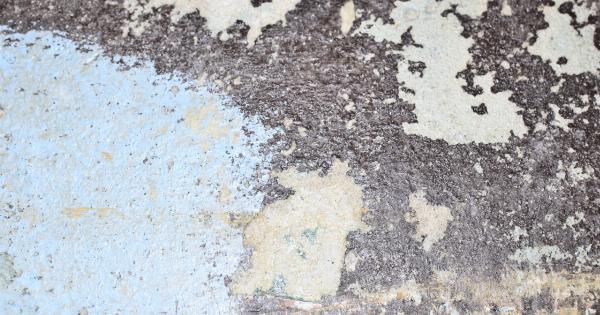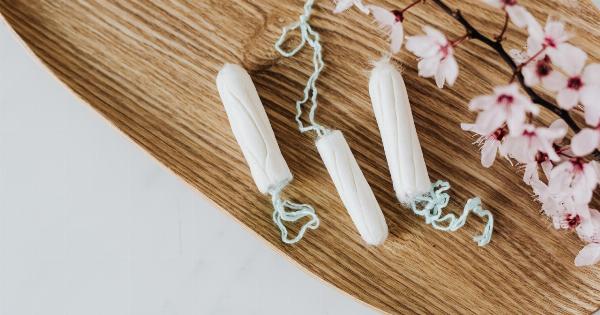Uterine fibroids, also known as leiomyomas or myomas, are noncancerous growths that develop in the uterus. They are quite common and can affect women of all ages.
While some women may not experience any symptoms or discomfort, others may experience heavy menstrual bleeding, fatigue, and pelvic pain. In this article, we will discuss the causes, symptoms, and treatment options for uterine fibroids.
Causes of Uterine Fibroids
The exact cause of uterine fibroids is still unknown. However, several risk factors may contribute to their development. These include:.
- Age: Fibroids are more common in women over the age of 30
- Family history: Women with a family history of fibroids are more likely to develop them
- Obesity: Women who are overweight or obese may be at a higher risk of developing fibroids
- Reproductive history: Women who have never given birth or have had a late first pregnancy may be at a higher risk
- Estrogen levels: High levels of estrogen can stimulate fibroid growth
Symptoms of Uterine Fibroids
Many women with uterine fibroids may not experience any symptoms. However, some common symptoms of uterine fibroids include:.
- Heavy menstrual bleeding
- Painful periods
- Painful sexual intercourse
- Frequent urination
- Pelvic pain or pressure
- Lower back pain
- Constipation
- An enlarged uterus or abdomen
If you experience any of these symptoms, it is important to speak with your healthcare provider.
While uterine fibroids are usually noncancerous, it is important to rule out other conditions that may cause similar symptoms, such as endometriosis or cancer.
Diagnosing Uterine Fibroids
Your healthcare provider may perform several tests to diagnose uterine fibroids, including:.
- Pelvic exam: Your healthcare provider may be able to feel an enlarged uterus or a mass during a pelvic exam
- Ultrasound: A transvaginal ultrasound may be performed to get a better look at the uterus and any fibroids present
- MRI: An MRI may be performed to get a more detailed look at the fibroids
- Hysteroscopy: A hysteroscopy may be performed to examine the inside of the uterus if fibroids are suspected to be located within the uterine cavity
Treatment Options for Uterine Fibroids
The treatment options for uterine fibroids depend on the severity of your symptoms, your age and overall health, the size and location of the fibroids, and whether or not you want to maintain fertility. Some common treatment options include:.
- Watchful waiting: If your fibroids are small and not causing any symptoms, your healthcare provider may recommend regular monitoring to ensure they are not growing or causing any problems
- Medications: Hormonal medications such as birth control pills or GnRH agonists may be prescribed to help shrink fibroids or reduce heavy bleeding
- Myomectomy: A myomectomy is a surgical procedure in which the fibroids are removed while leaving the uterus intact, allowing for future pregnancy
- Hysterectomy: A hysterectomy is a surgical procedure in which the uterus is removed. This is usually recommended for women who no longer wish to remain fertile or have severe symptoms that are not responding to other treatments
- Endometrial ablation: This procedure is used to remove the lining of the uterus and is often used to treat heavy menstrual bleeding caused by fibroids
- Uterine artery embolization: This is a minimally invasive procedure in which the blood supply to the fibroids is cut off, causing them to shrink and die
It is important to discuss all treatment options with your healthcare provider to determine which option is right for you.
Conclusion
Uterine fibroids are common and can affect women of all ages. While many women may not experience any symptoms, others may experience heavy menstrual bleeding, pelvic pain, and other discomfort.
There are several treatment options available, including medication, surgery, and minimally invasive procedures. If you experience any symptoms of uterine fibroids, it is important to speak with your healthcare provider to determine the best course of treatment.
























